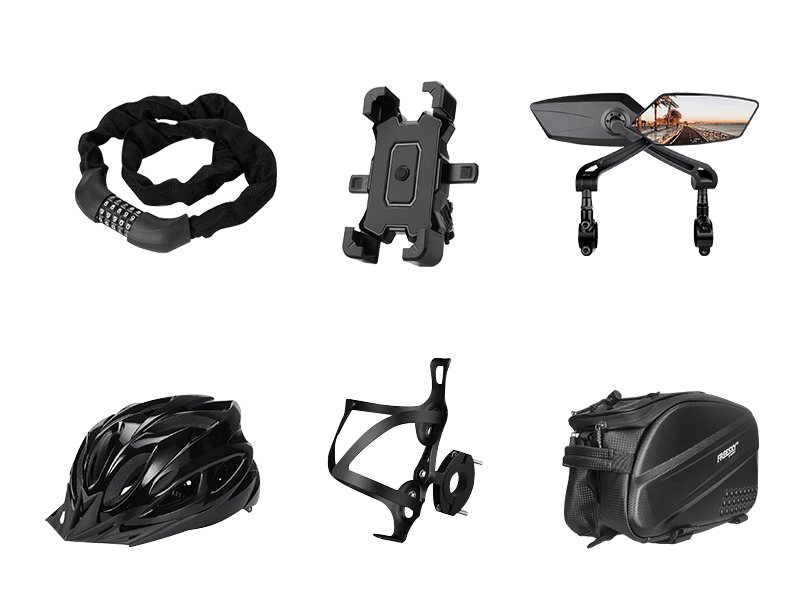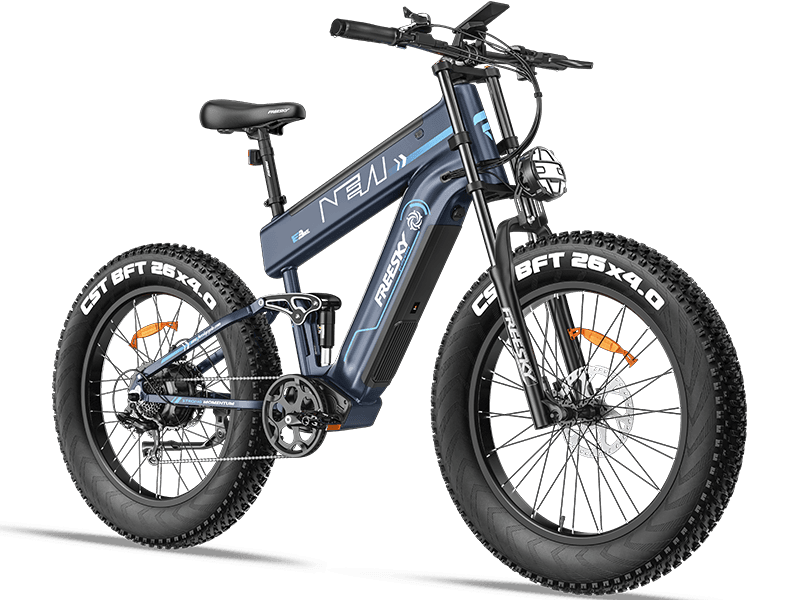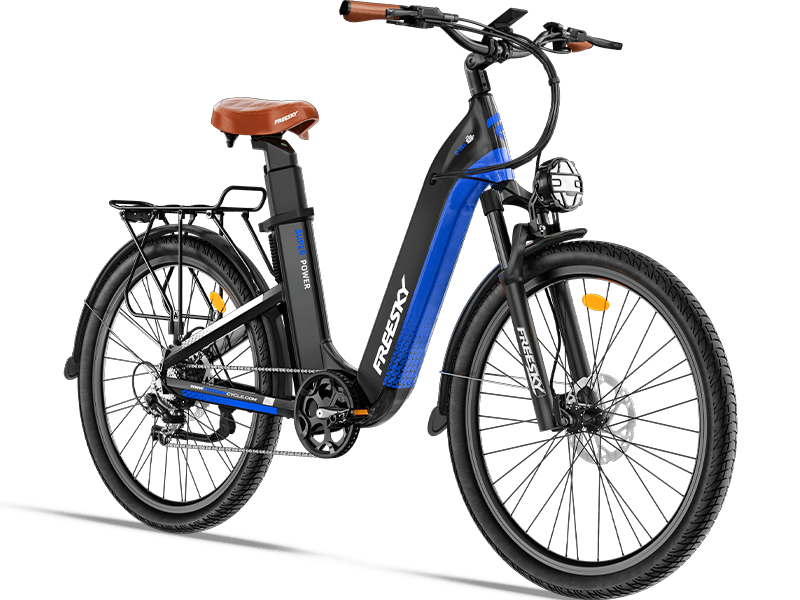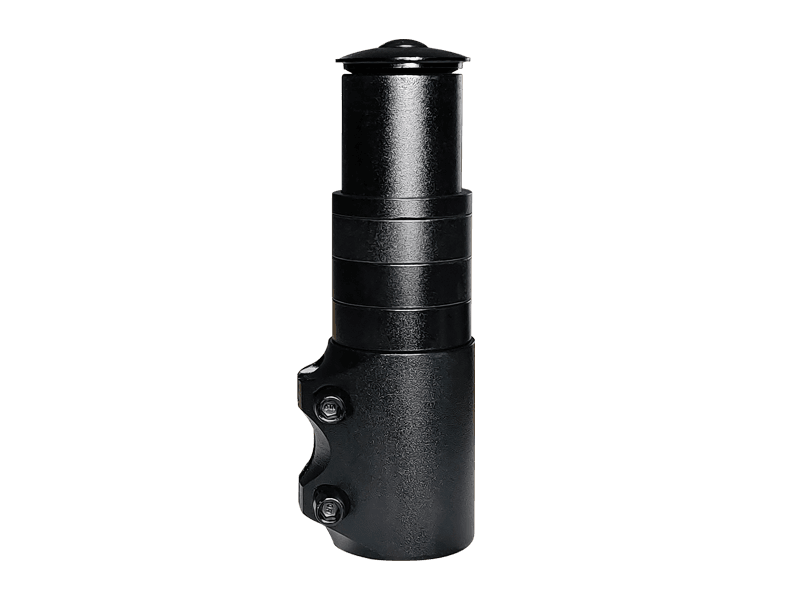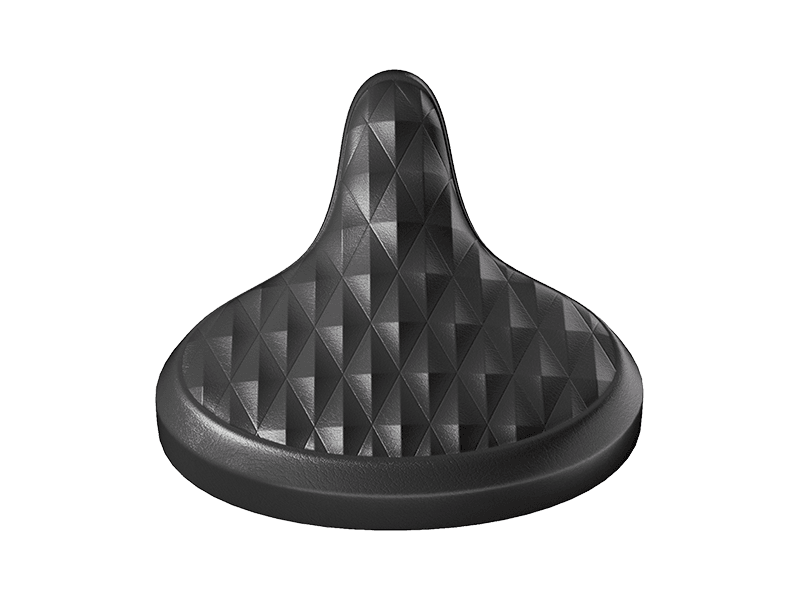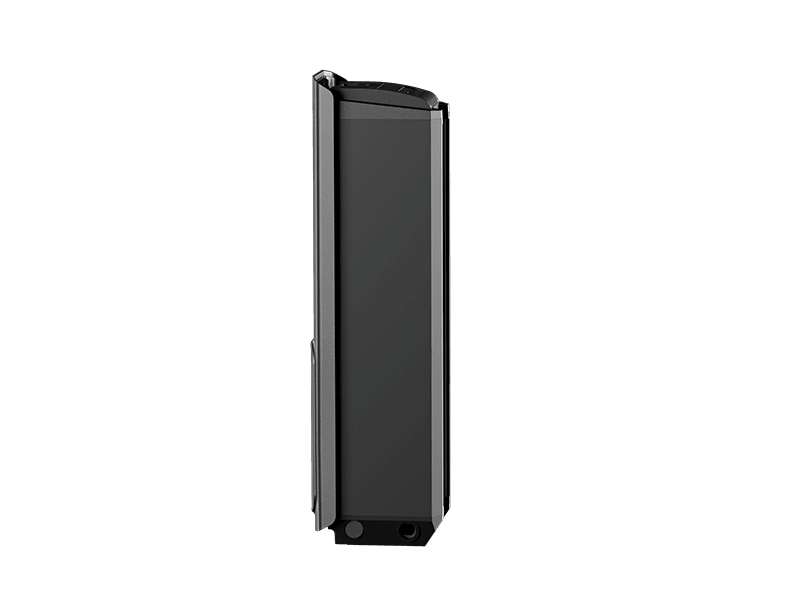Avoid Costly Replacements: How Long Do Ebike Brake Pads Really Last?
JAN 31, 2025
When it comes to electric bikes, one of the key components that require regular attention is the brake system. Unlike traditional bikes, ebikes are often heavier and faster, which puts more strain on their brake pads. So, how long do ebike brake pads last? The answer depends on various factors, including the type of brake system, riding habits, and maintenance.
We'll explore the different aspects that affect the longevity of ebike brake pads and offer tips for extending their lifespan.
Factors That Affect Brake Pad Lifespan
-
Type of Brakes: Mechanical vs. Hydraulic Ebikes typically use one of two types of brakes: mechanical disc brakes or hydraulic disc brakes. Mechanical disc brakes rely on cable tension to operate, while hydraulic brakes use fluid pressure for smoother and more consistent braking. Hydraulic brakes are generally more efficient, causing less wear on the brake pads. However, both systems will eventually require pad replacement based on how frequently and aggressively you brake.
-
Riding Conditions Terrain plays a huge role in how long your brake pads last. Riding on flat, smooth roads won’t wear out your brake pads as quickly as riding on steep hills or off-road trails. If you’re frequently braking while going downhill or stopping suddenly in traffic, expect your brake pads to wear out faster.
-
Weight and Speed of the Ebike Ebikes are generally heavier than regular bicycles, and the motor allows for higher speeds. This added weight and speed put more stress on the brakes, which leads to faster wear on the brake pads. Additionally, if you often ride with extra cargo or a passenger, this can further accelerate wear.
-
Frequency of Use If you're an everyday commuter or regularly use your ebike for long-distance rides, your brake pads will naturally wear out faster than if you're a casual weekend rider. High mileage over time leads to more frequent pad replacements.
-
Brake Pad Material The material of your brake pads can also influence how long they last. Organic brake pads are softer and quieter but wear out quicker, while sintered (metallic) pads are more durable but can be noisier and harsher on your brake rotors. Choosing the right brake pad material for your riding style is key to maximizing their lifespan.
How Long Do Ebike Brake Pads Typically Last?
On average, ebike brake pads last between 500 to 1,500 miles (800 to 2,400 kilometers). However, this range can vary significantly based on the factors mentioned earlier. Casual riders who stick to flat, smooth roads may see their brake pads last closer to 1,500 miles, while aggressive riders or those who frequently tackle hills may need replacements after 500 miles or less.
Signs Your Ebike Brake Pads Need Replacing
- Squeaking or Squealing: Unusual noises when you brake can be a sign that your pads are wearing thin.
- Reduced Braking Power: If it takes longer to stop, or your brakes feel less responsive, it’s time to check the pads.
- Visual Inspection: Many ebike brake pads come with a wear indicator. If you see that the pads are less than 3mm thick, it’s time for a replacement.
- Brake Dust Buildup: Excessive brake dust around your wheels can indicate that your pads are degrading faster than normal.
How to Extend the Life of Your Ebike Brake Pads
-
Proper Braking Technique Avoid sudden, hard braking whenever possible. Instead, brake gently and gradually to reduce strain on the brake pads. By practicing smooth braking, you can extend the life of your pads and reduce wear on the rest of your braking system.
-
Regular Maintenance Keeping your ebike’s brakes in good condition can prolong the life of the pads. Check your brake fluid levels (if using hydraulic brakes), clean the brake rotors regularly, and ensure that the calipers are correctly aligned.
-
Invest in High-Quality Pads While organic pads may be quieter and offer a softer feel, investing in more durable materials like sintered brake pads can significantly increase their lifespan, especially if you ride in tough conditions.
-
Brake Pad Rotation In some cases, you can rotate the front and rear brake pads to even out wear, especially since the rear brake typically experiences less wear than the front. This tactic can buy you more time before needing a full replacement.
Ebike brake pads are one of the most critical safety components on your bike, and keeping them in top condition should be a priority. While brake pad lifespan varies based on factors like riding conditions, weight, and the type of brakes you use, following proper braking techniques and regular maintenance can help you maximize their lifespan.
By being proactive and monitoring signs like squeaking or reduced braking power, you’ll know when it’s time for a brake pad replacement. After all, investing in good-quality pads and taking care of them not only saves money in the long run but ensures you have a safer, more reliable ride.




